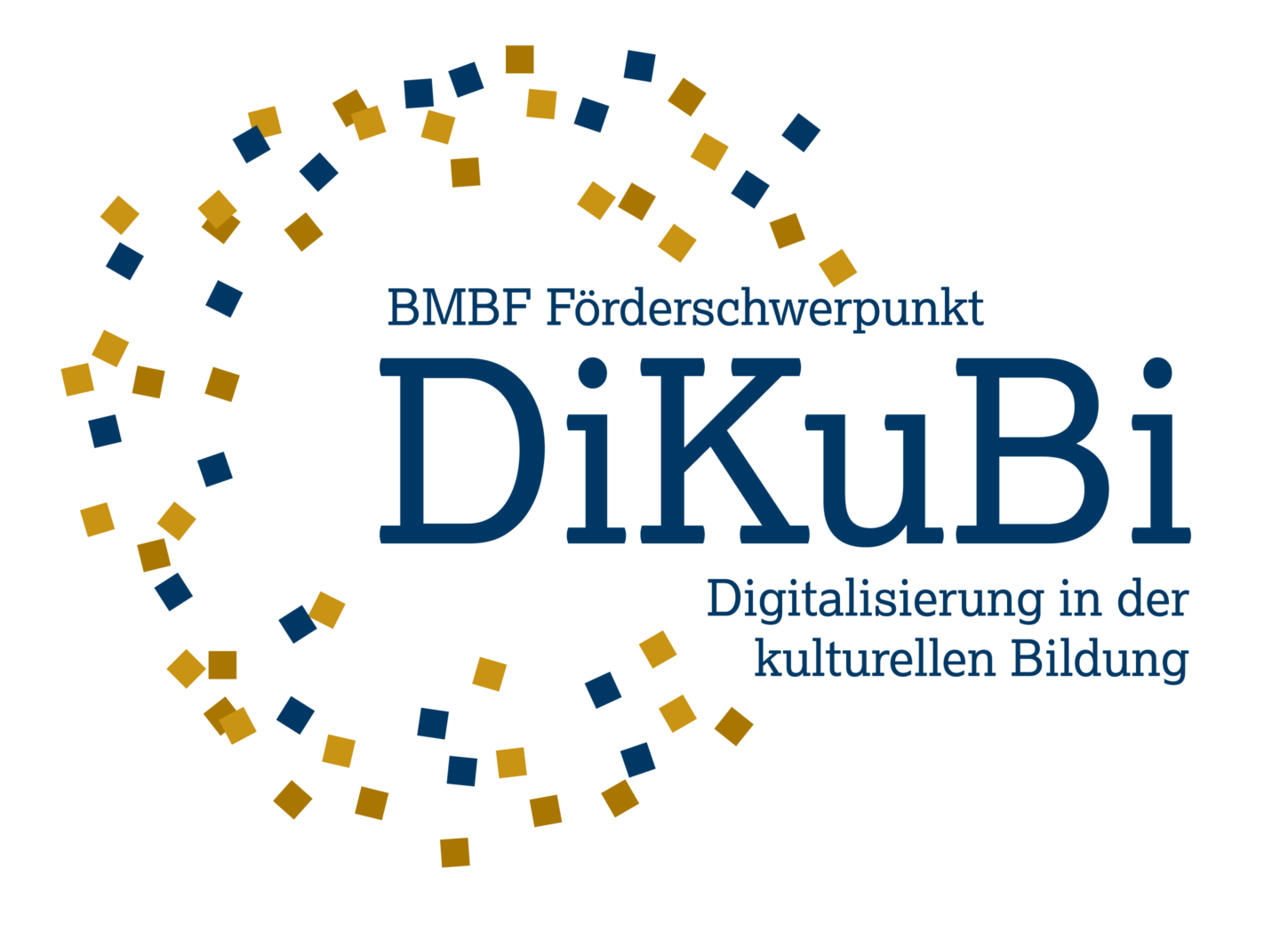MIDAKuK
Musical interface designs: augmented creativity and connectivity
The project conducts research into the pedagogic significance of digital musical instruments. These might be things, for example, based on new materials (e.g. silicon as a contact surface), that introduce new musical designs (guitar-like grid layouts replacing the classic keyboard), that provoke digital musical approaches (loops, algorithms, sound design) and even fuse classical instrument concepts with digital logics (e.g. an extremely touch-sensitive digital frame drum that makes it possible to derive new ways of playing and unfamiliar sound worlds). How do experienced and less-experienced aspiring musicians act, react and interact with these new offers? How do creative processes change through these kinds of MusikmachDinge (music-making objects), equipped with knowledge and concepts through programming? How do these new musical instruments help people to connect with others and make music together?
Sub-project 1 (FAU Erlangen) focuses on young aspiring musicians, sub-project 2 (Leuphana University Lüneburg) on professional instrumental teachers and musicians. In the study, a series of selected devices is lent to these two groups and the way they handle them recorded on video in situ and over time. Supplementary investigations (interviews, workshops, quantitative surveys) complement the research design. The researchers then position their findings within an over-arching framework of education theory and music pedagogy, enabling generalizable conclusions and methodological connections for cultural pedagogy research into this kind of material and digital transformation process.
The joint project MIDAKuK is carried out by the following institutions:
Project management:
- Teilprojekt 1: Prof. Dr. Benjamin Jörissen, Lehrstuhl für Pädagogik mit dem Schwerpunkt Kultur und ästhetische Bildung, Friedrich-Alexander-Universität Erlangen-Nürnberg, benjamin.joerissen@fau.de, http://joerissen.name
- Teilprojekt 2: Prof. Dr. Michael Ahlers, Institut für Kunst, Musik und ihre Vermittlung, Professur für Musikdidaktik mit dem Schwerpunkt Popularmusik, Leuphana Universität Lüneburg, michael.ahlers@leuphana.de
Research assistants:
- Teilprojekt 1: Martin Donner, Lehrstuhl für Pädagogik mit dem Schwerpunkt Kultur und ästhetische Bildung, Friedrich-Alexander-Universität Erlangen-Nürnberg, martin.donner@fau.de, http://donner-sound.com/
- Teilprojekt 2: Carsten Wernicke,Institut für Kunst, Musik und ihre Vermittlung, Leuphana Universität Lüneburg, carsten.wernicke@leuphana.de
